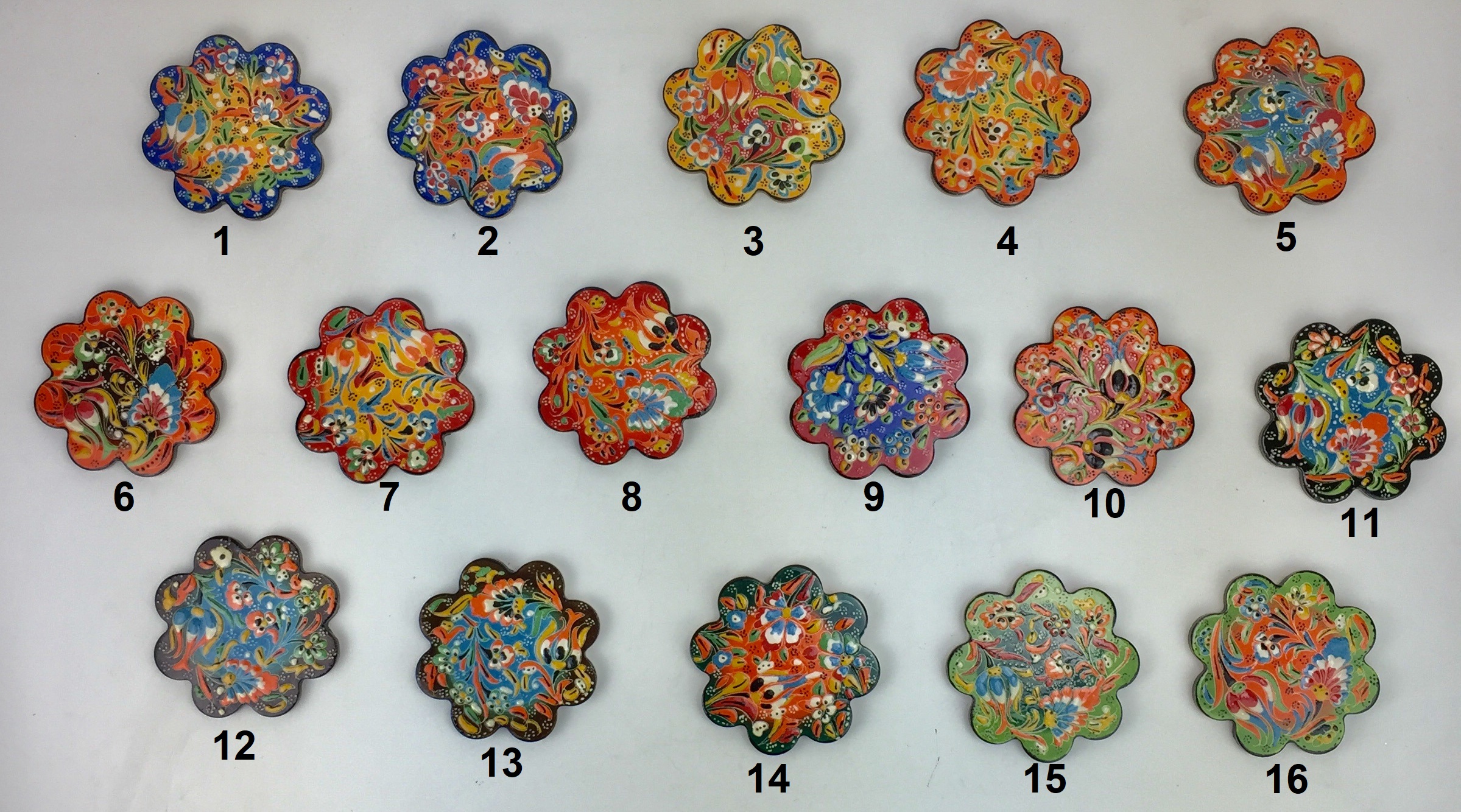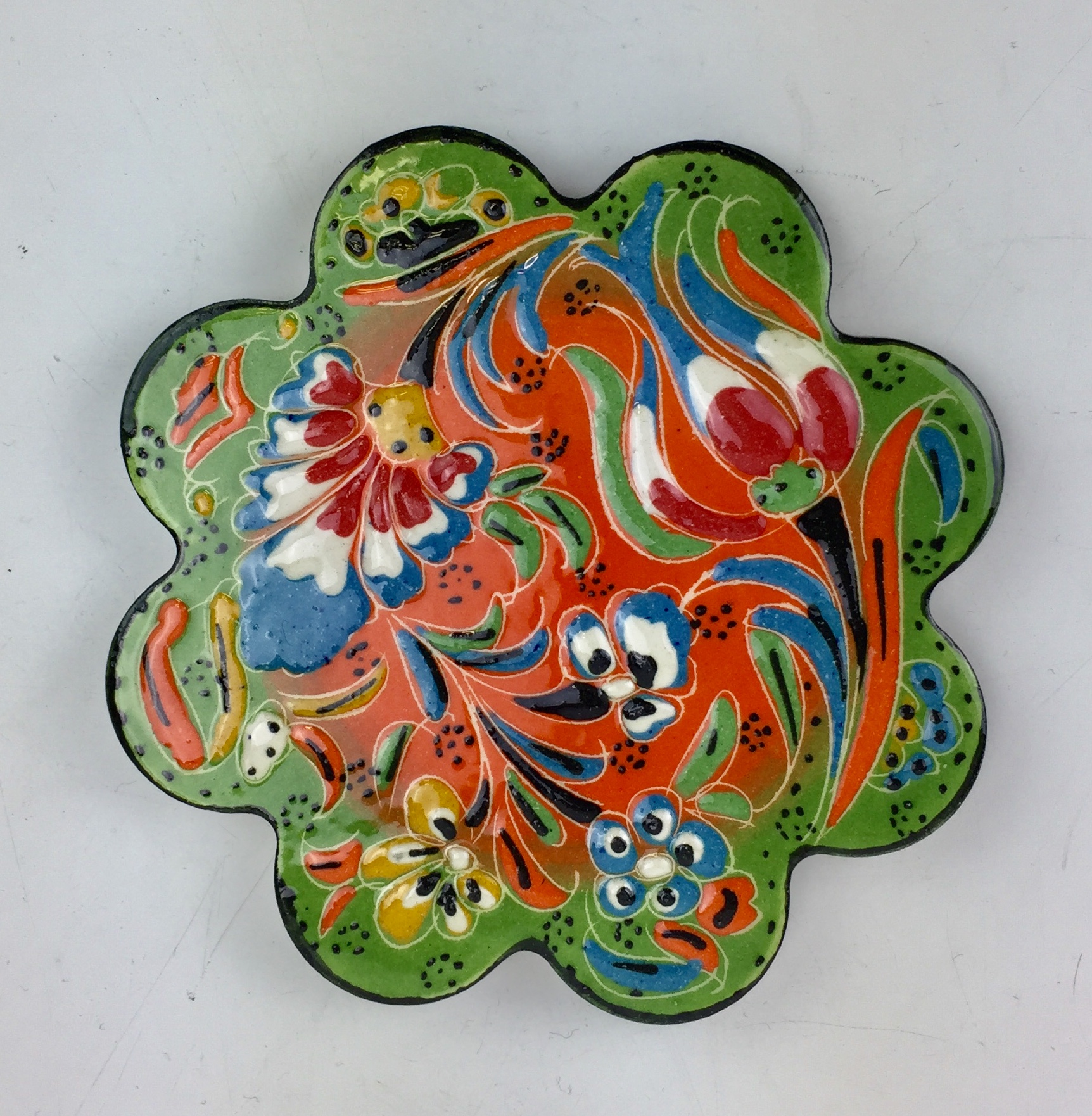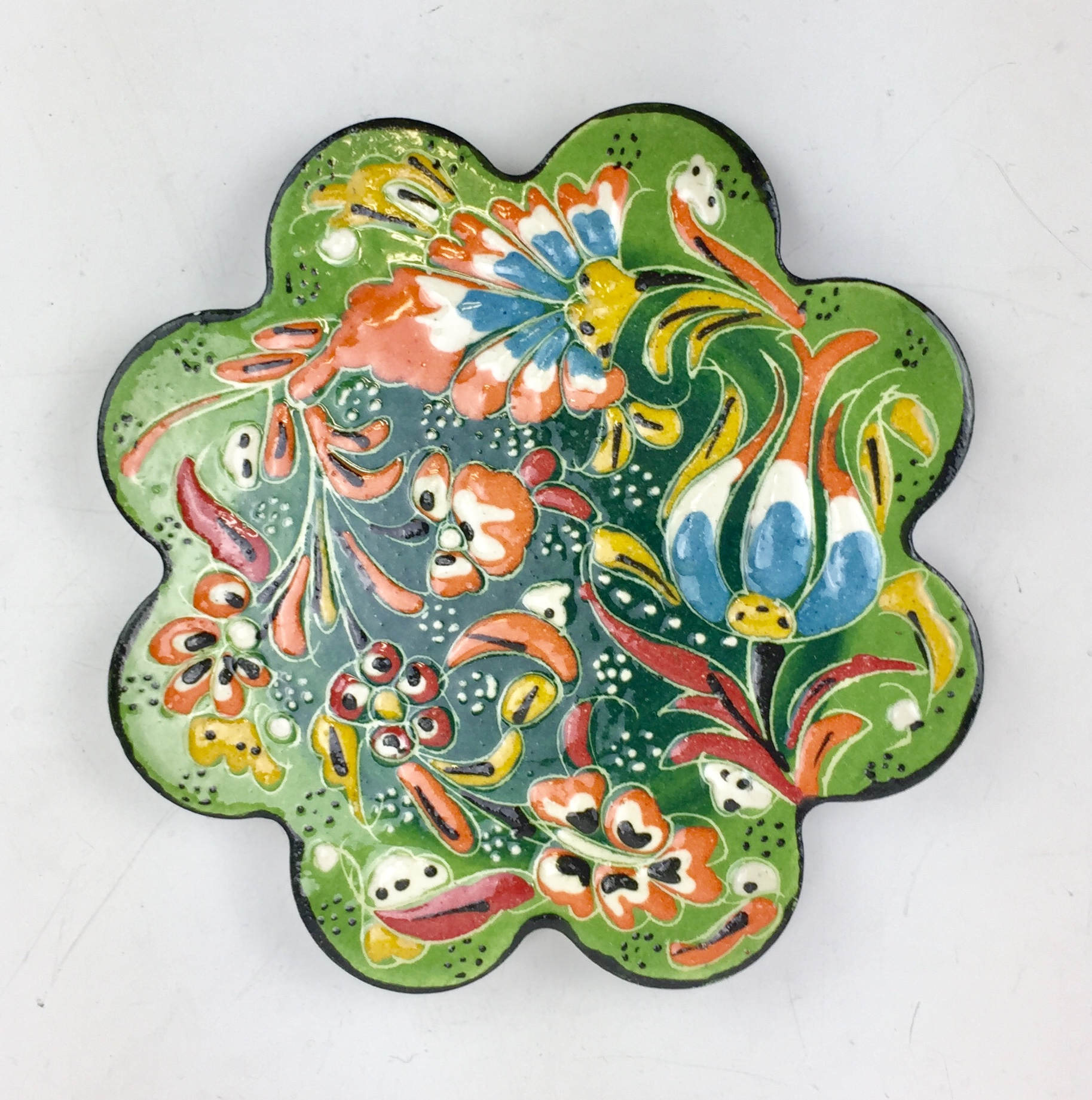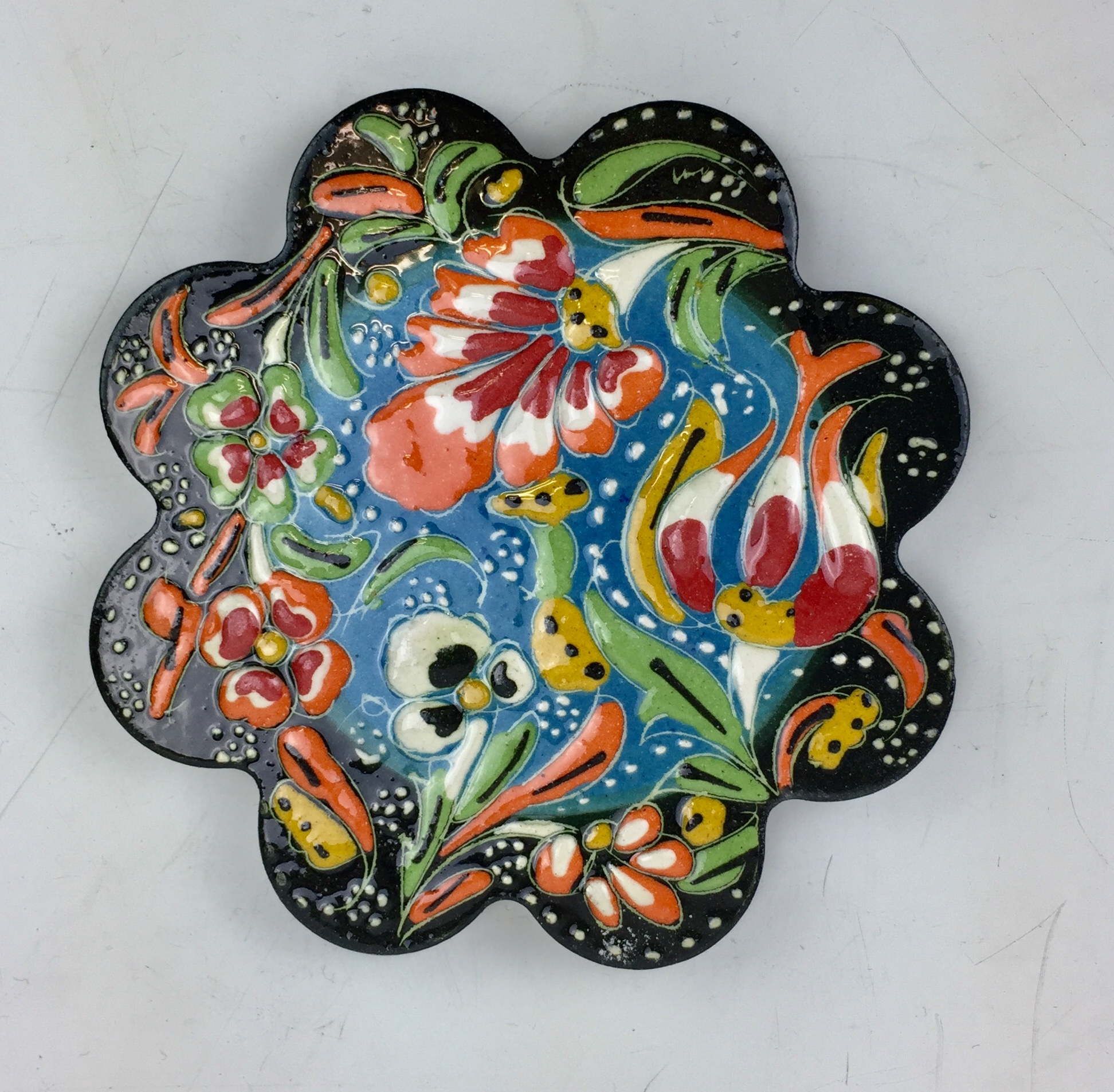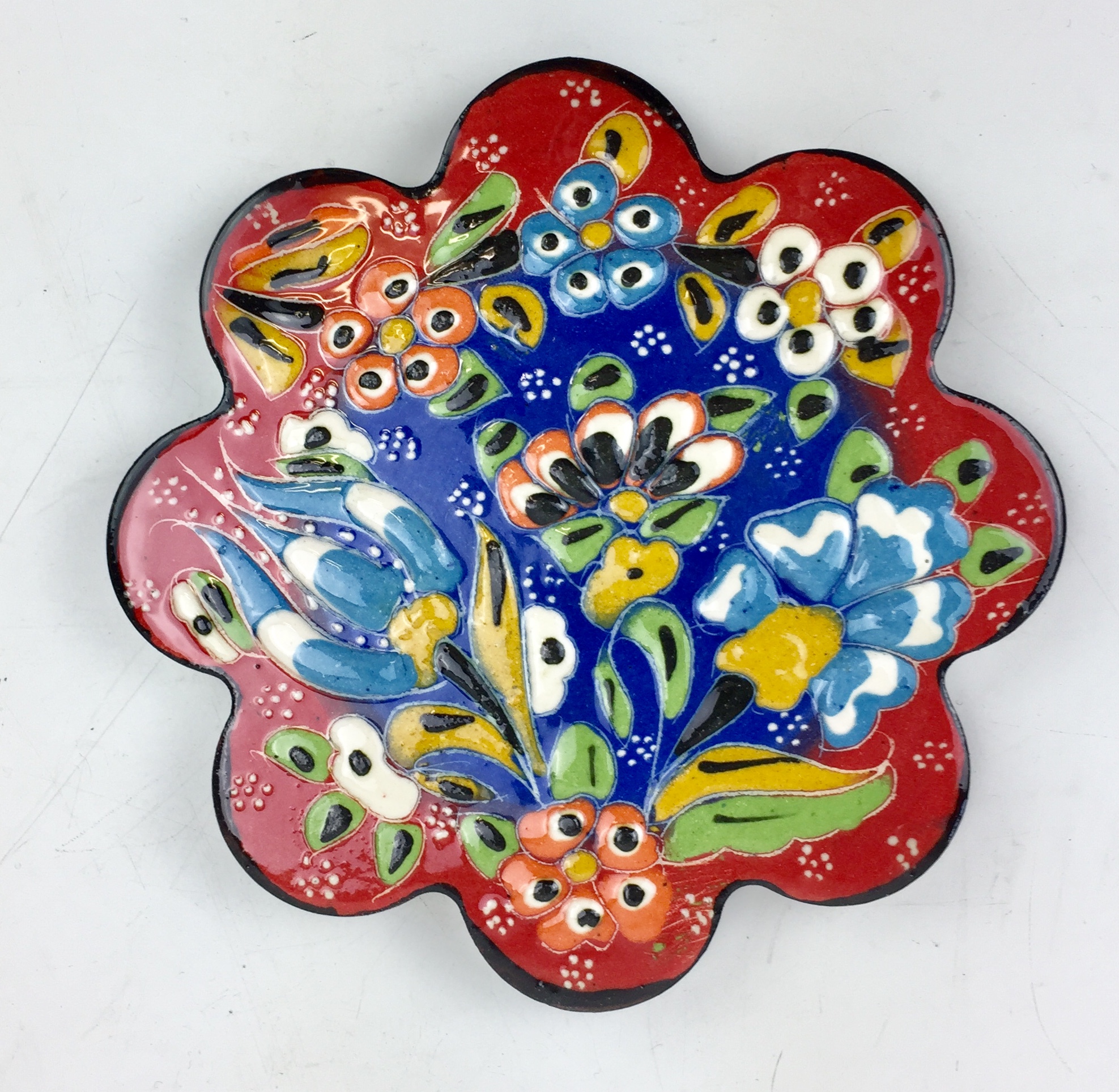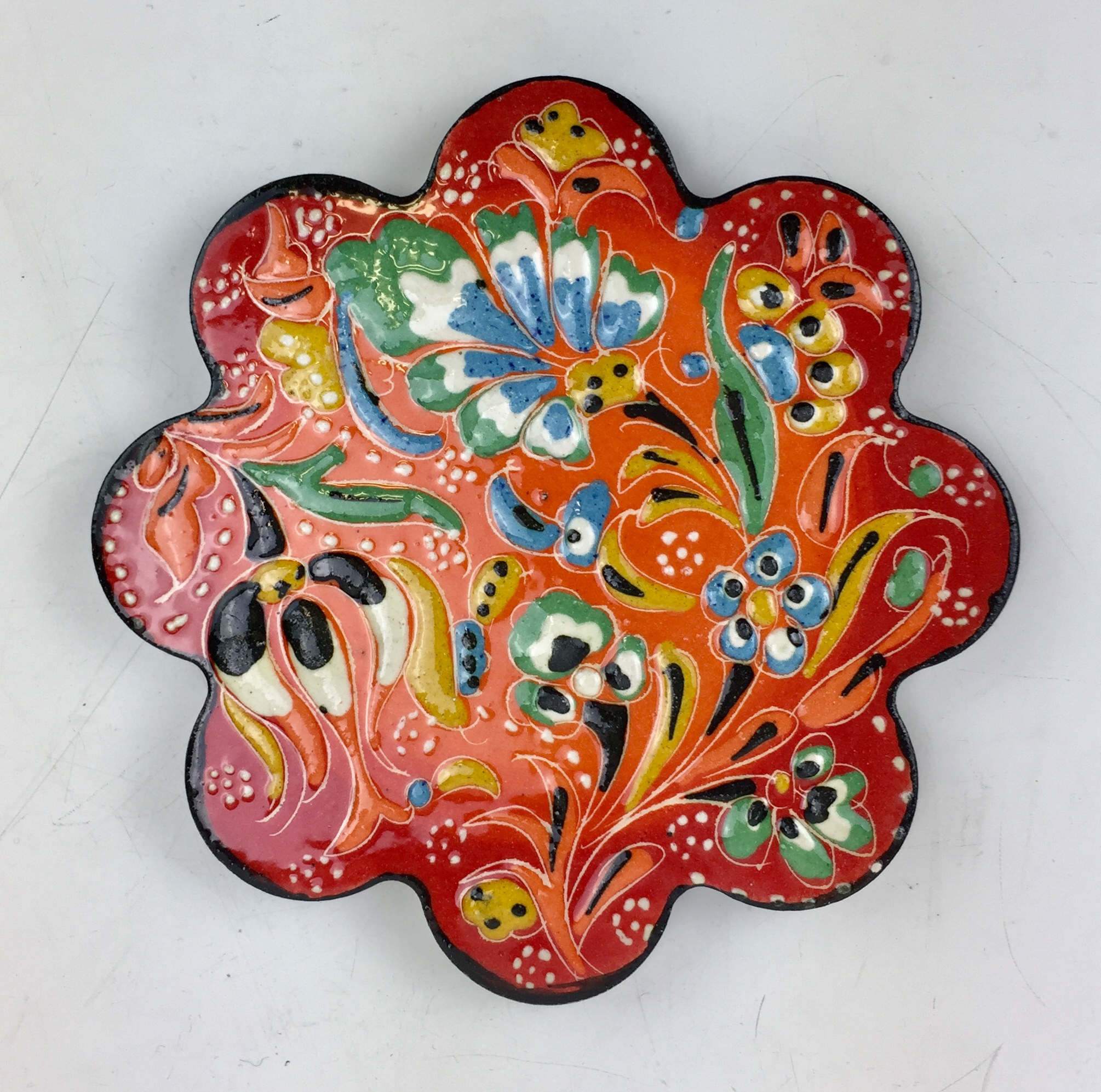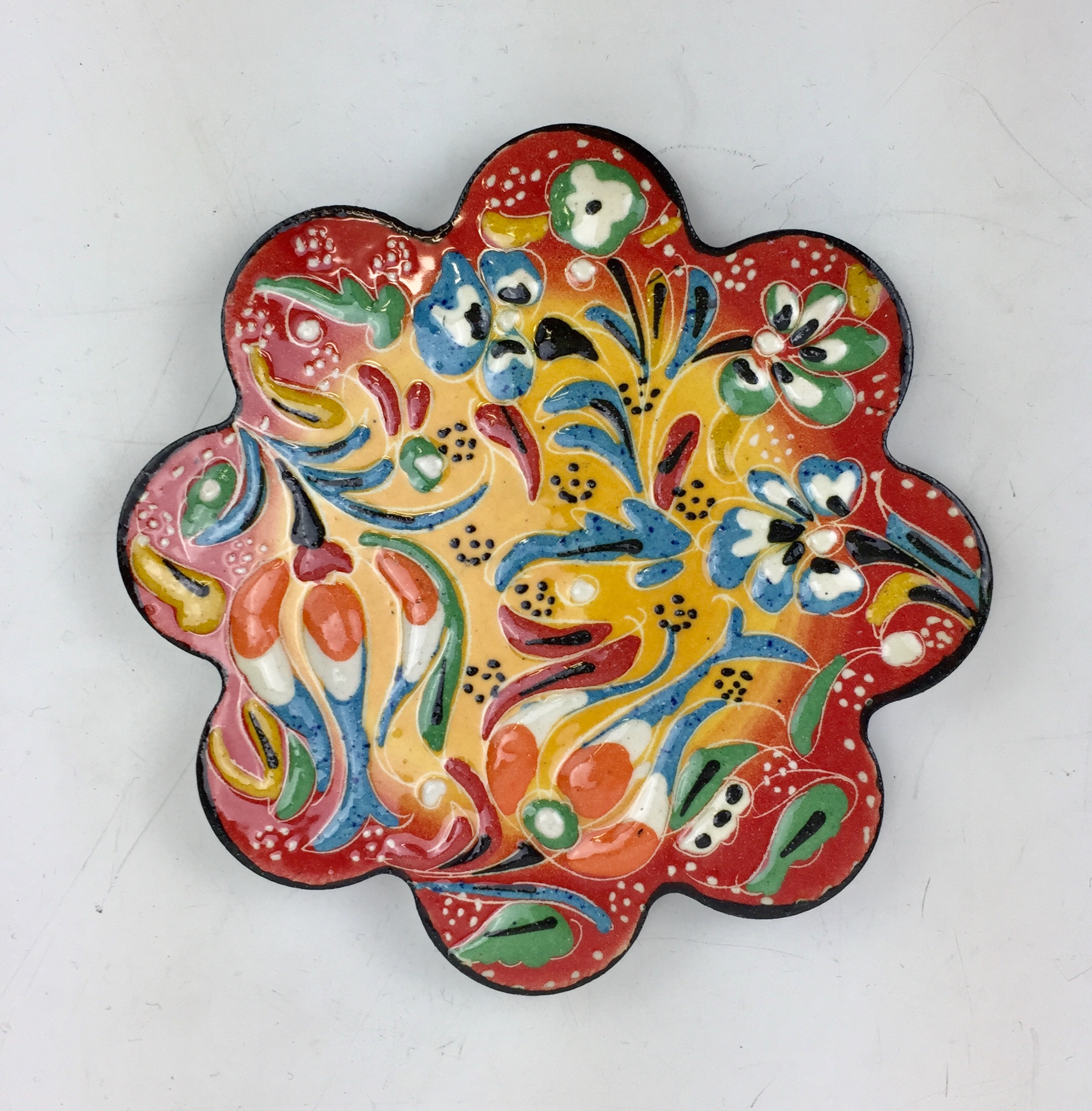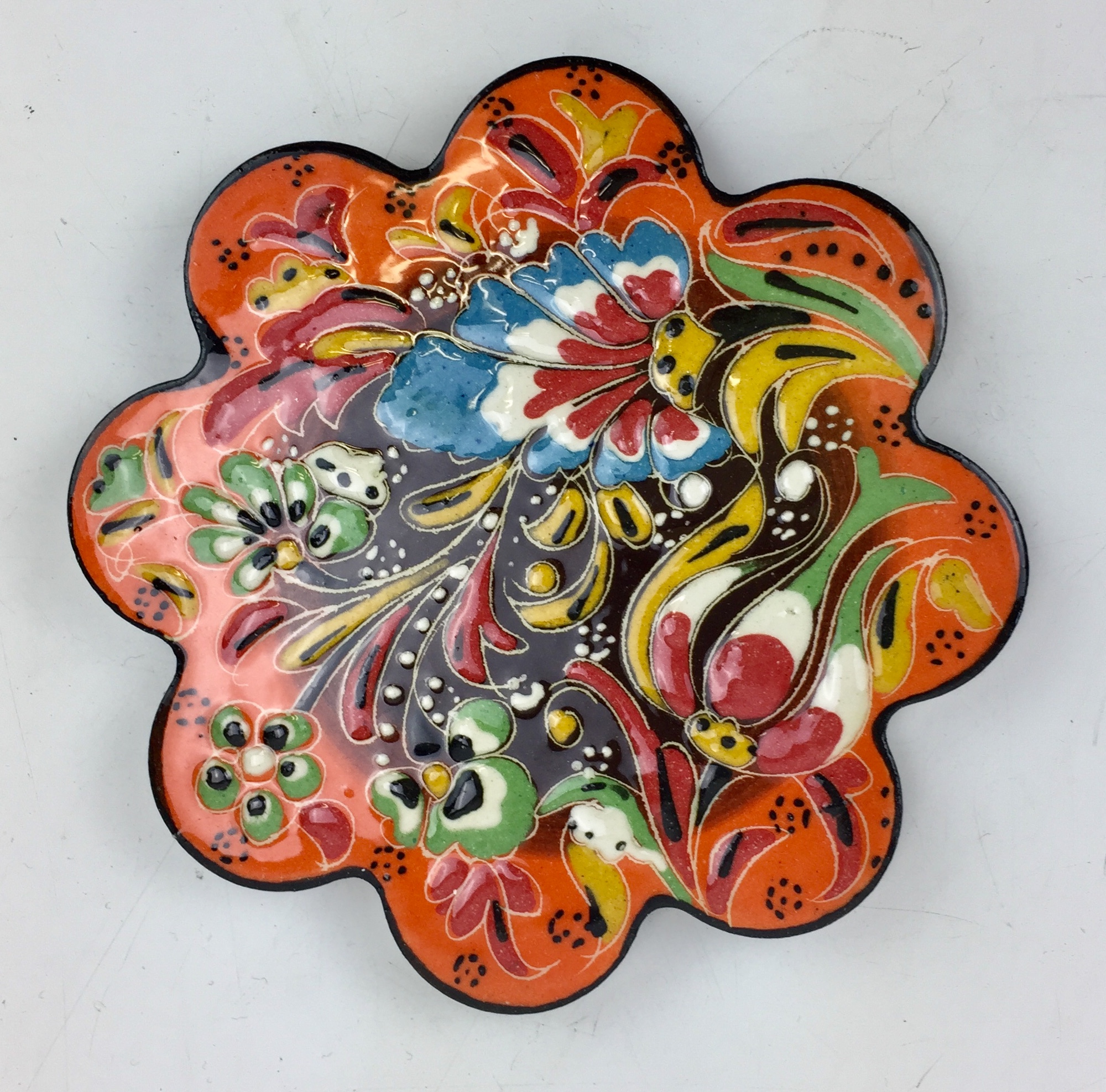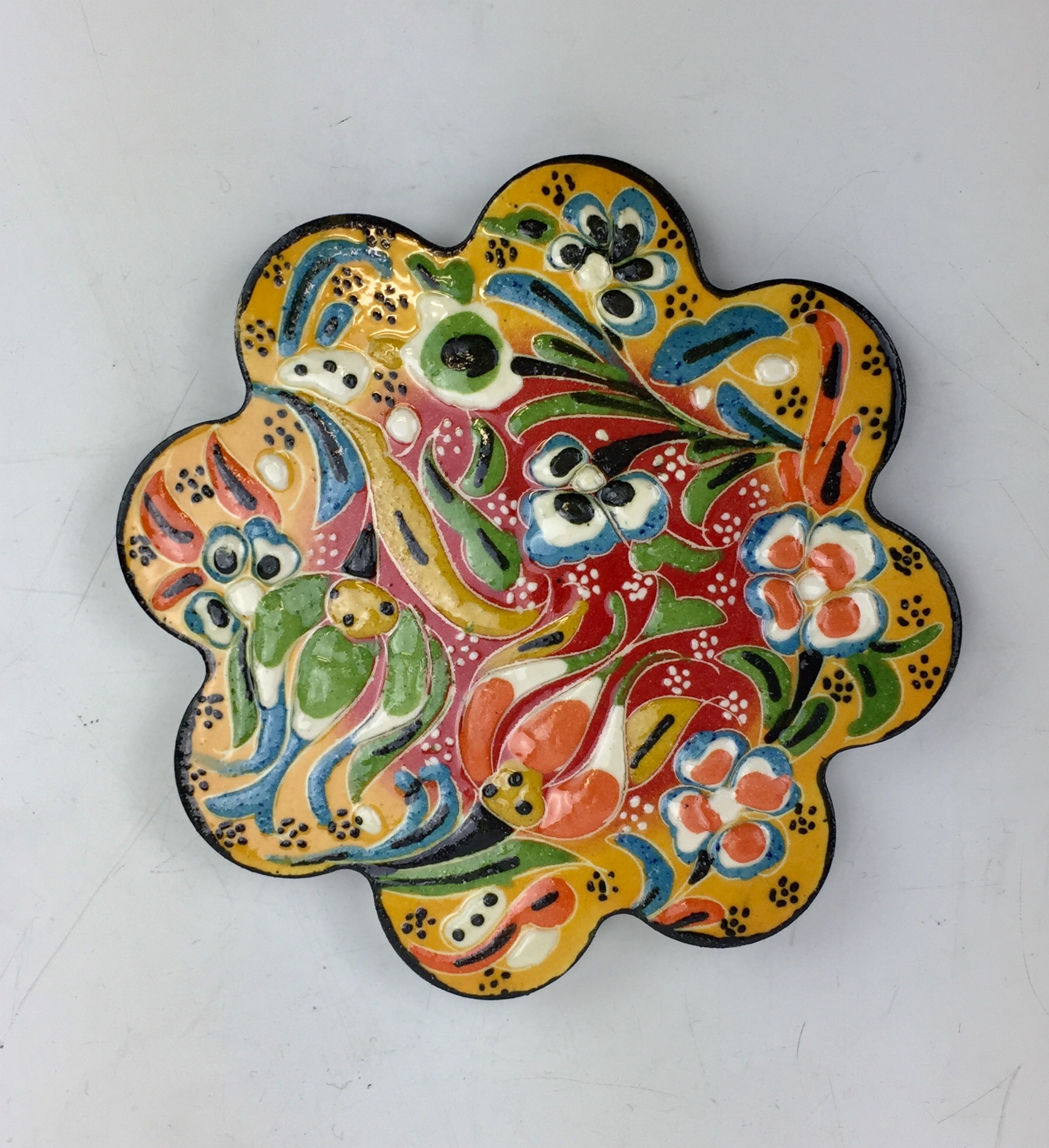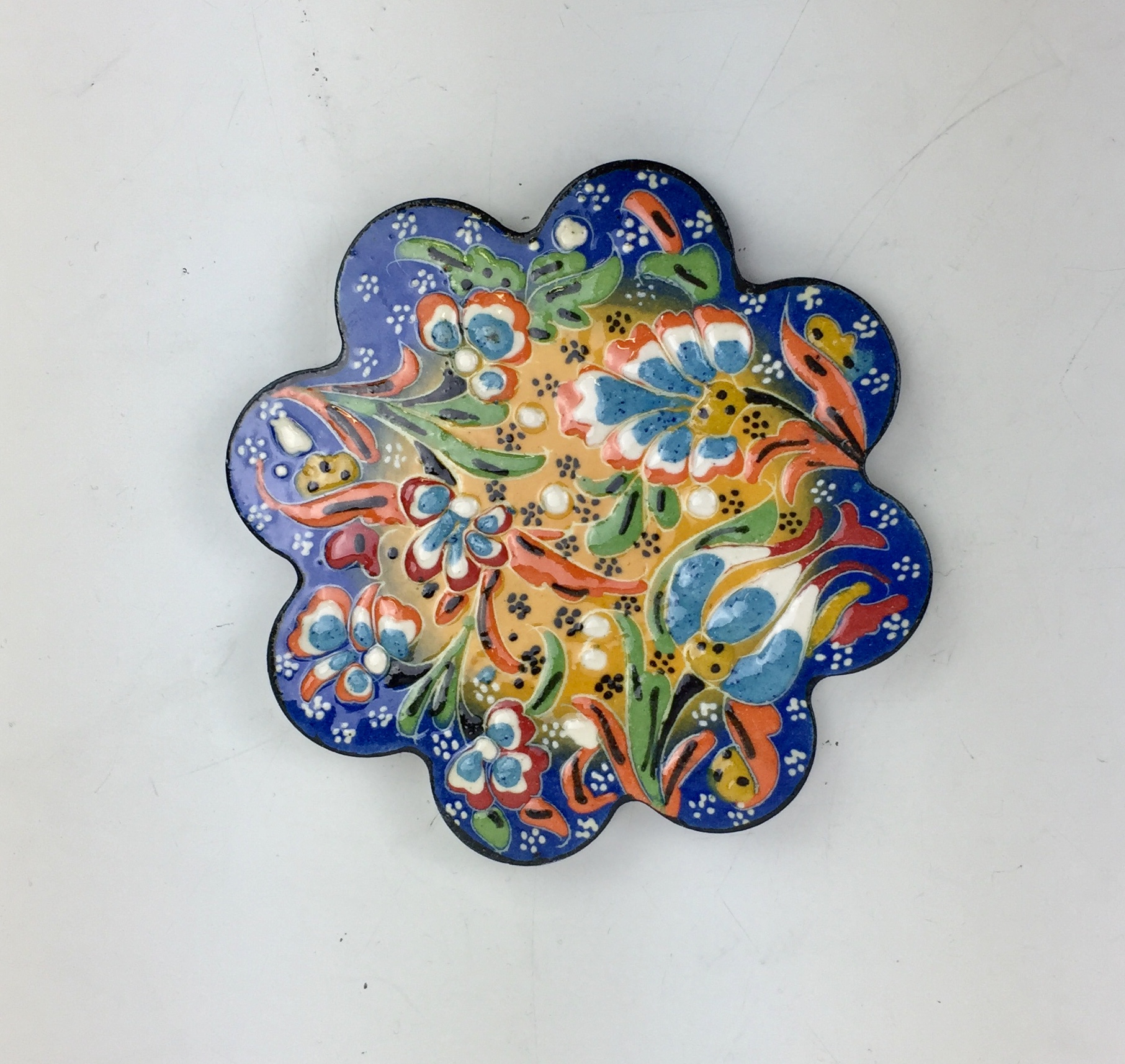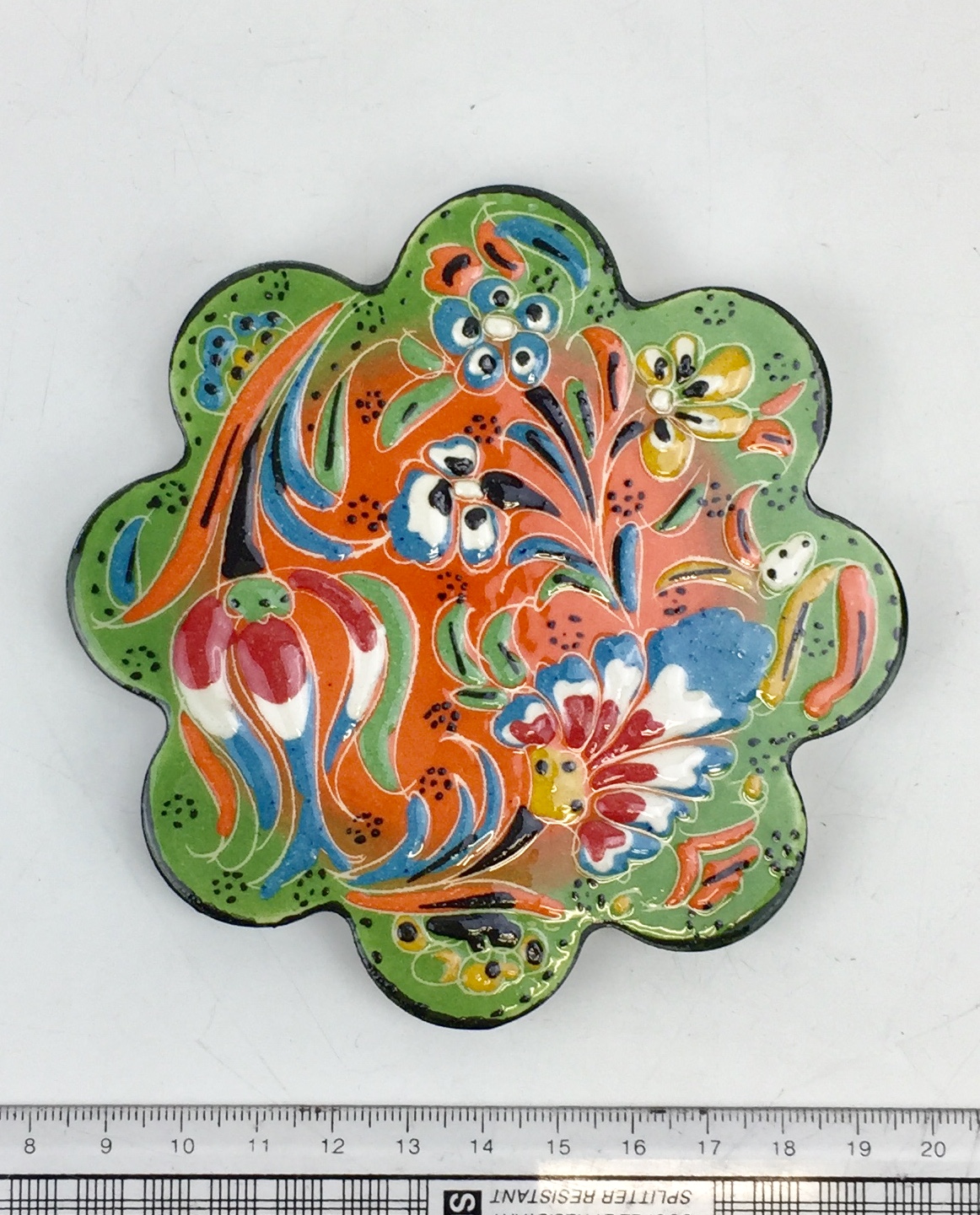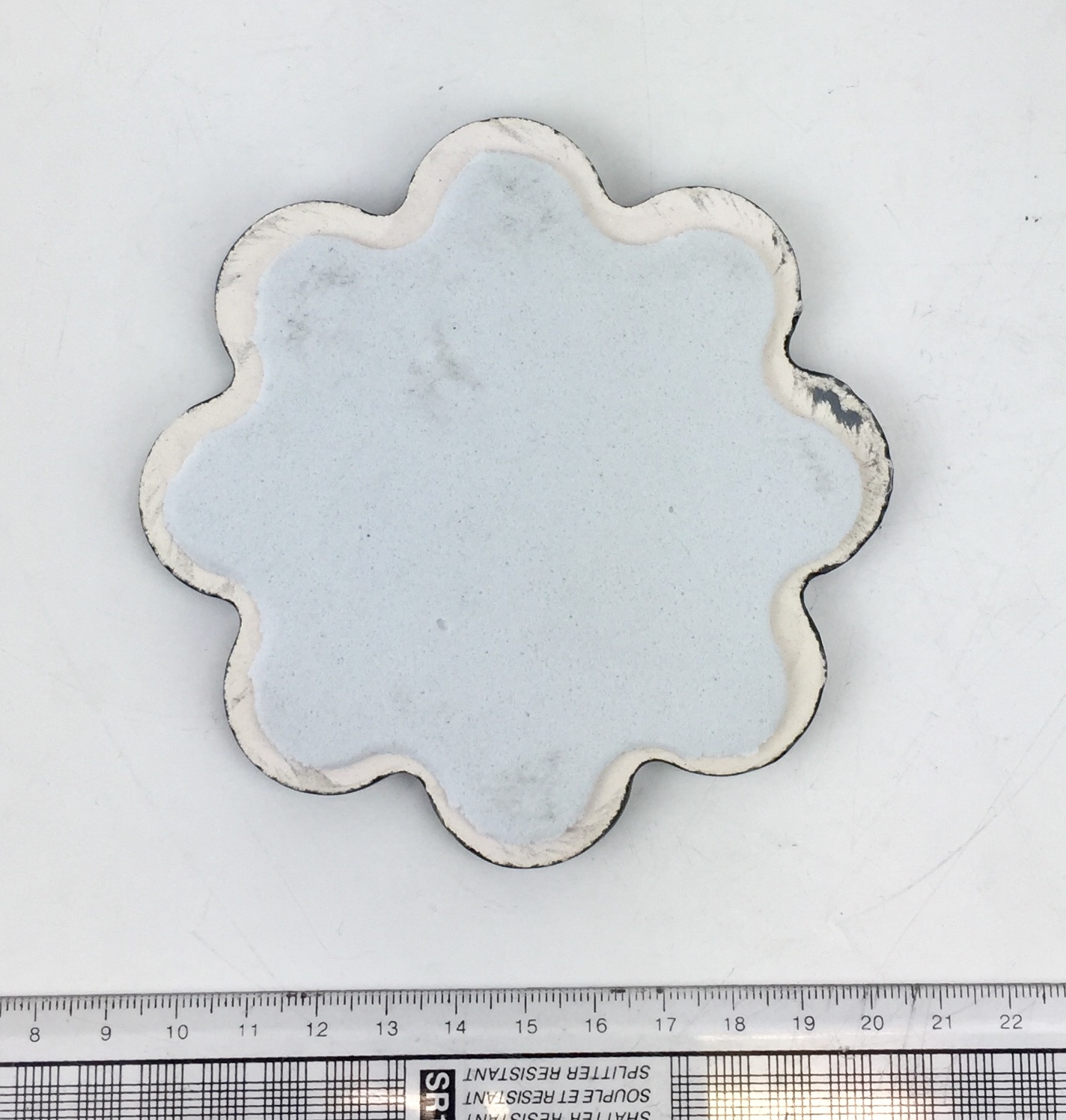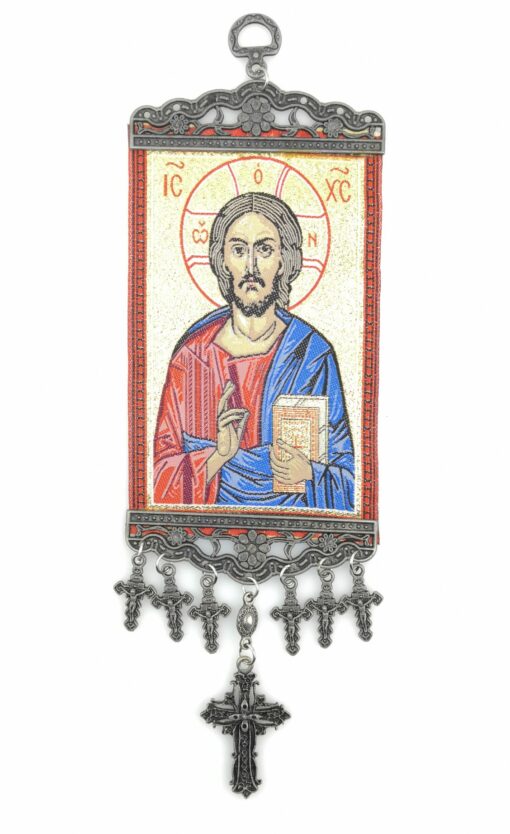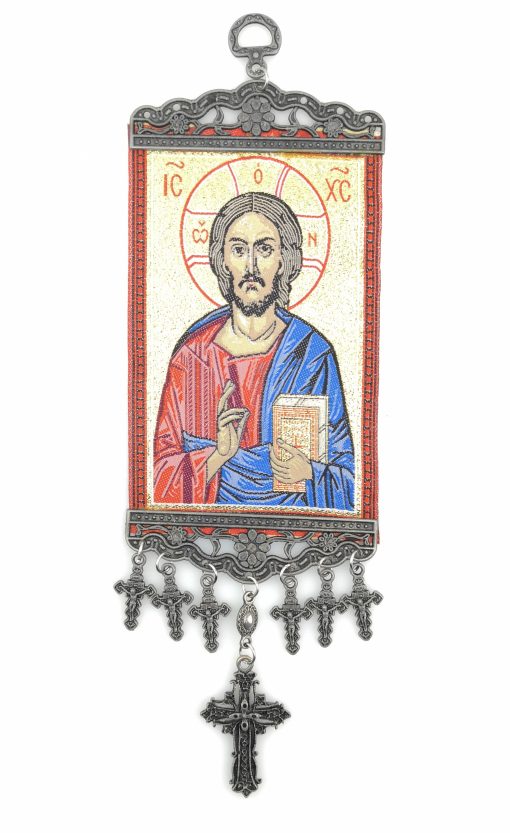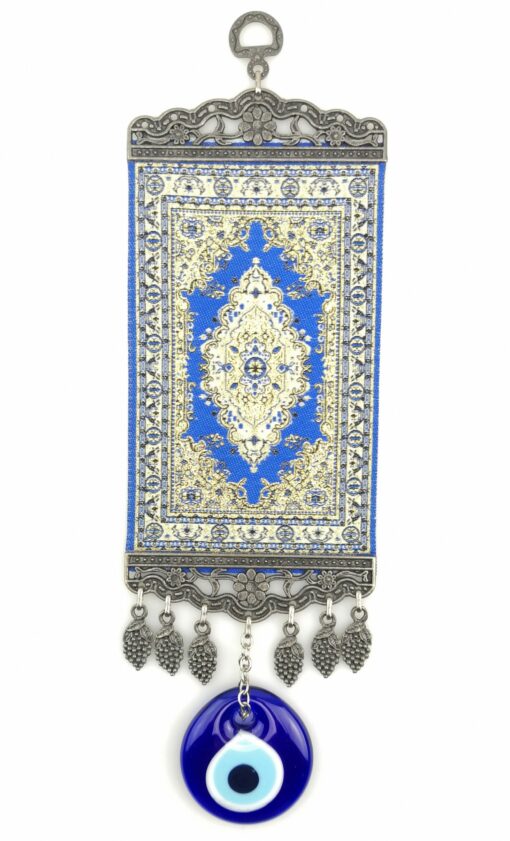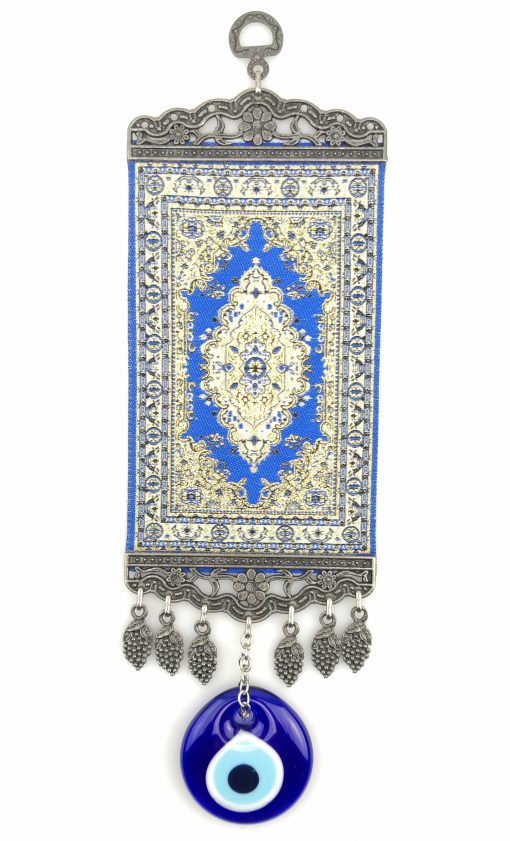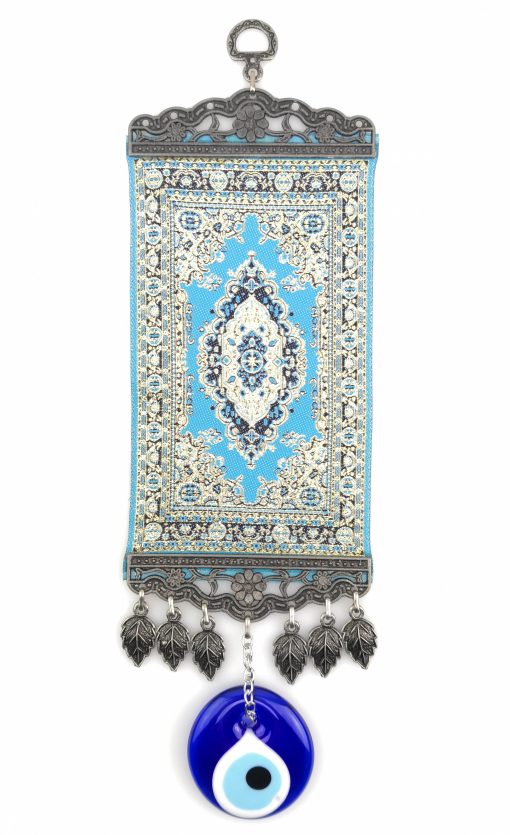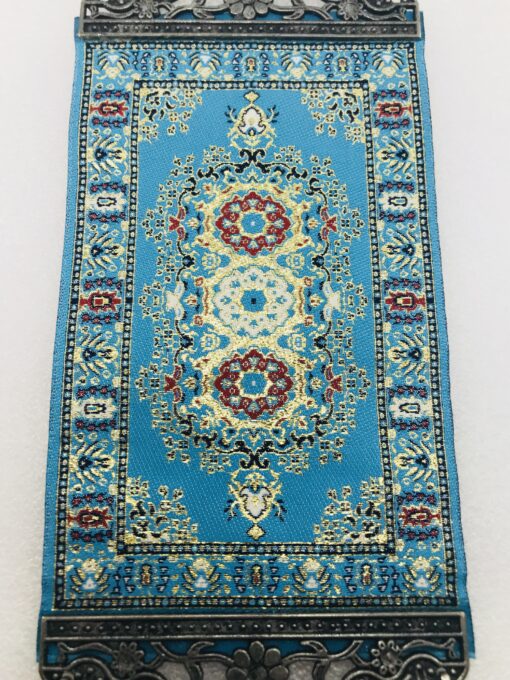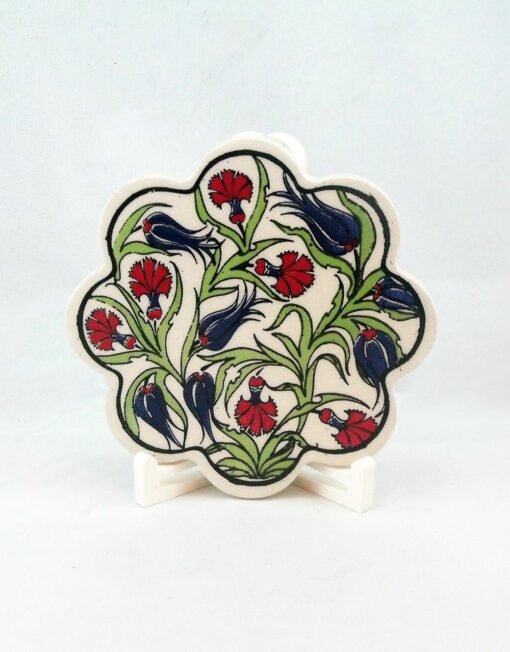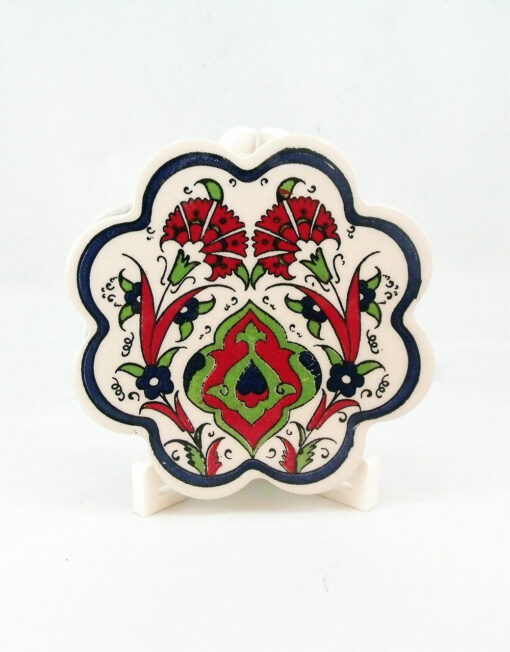Drink’s Coasters – Traditional Hand Painted from Turkey – Variable Colour
£4.99 – £9.99Price range: £4.99 through £9.99
Drink’s Coasters – Traditional Hand Painted from Turkey – Variable Colour
£4.99 – £9.99Price range: £4.99 through £9.99
Type: Drink Coasters – Traditional Hand painted from Turkey – Variable Colour
Sponge material at the bottom in every pieces for protection.
The Production of Turkish Ceramics
Tiles and ceramics are produced from the same material. Those used for architectural decoration are called tiles , whereas others produced as pottery are called ceramics in the western languages.
At the start of production, the clay is cleaned of impurities and mixed with water to a muddy consistency. It is then left to settle in three consecutive pools. In the last, the clay settles to the bottom and the liquid on top is drained. The clay is shaped on the wheel for pottery or poured into moulds for tiles and left to dry. The surfaces are polished with emery before the pieces are put into the oven. Whereas the Seljuks used to fire their ceramics at 700-800º C, the Ottomans did so at 900-1000º C.
Hardened by the heat, the products are taken out from the gradually cooled oven to be painted. If they are to be decorated, the patterns are first punched with fine pins onto transparent paper which is put on the tiles or ceramics. Charcoal powder is then laid on the punched paper to outline the pattern to be painted on the surface. After painting, the tiles and /or ceramics are covered with a coloured or colourless glaze that becomes transparent with the following firing. This technique of underglazing has shown differences within time periods although it was mastered in Anatolia reaching perfection in the Ottoman Era.
Another technique used for glazing and colouring Turkish tiles and ceramics is overglazing, where the fired clay is first covered with an opaque glaze and put into the oven before it is painted. Then it is fired again after painting. This is known as glossing. Depending on the kind of paint used, the object sometimes gains a metallic glaze following the glossing. This technique of overglazing was mostly used in the Seljuk Period. Other than these, monochrome, opaque, glazed and plain tiles were widely used in Anatolia.
It is also possible to obtain a multicolour surface by using both the underglazing and overglazing techniques together, a technique called minai that was developed by the Iranian Seljuks for ceramics of daily use at the time. Minai means enamel in Persian. Seven colours are used in the minai technique where
some of the colours are painted underglaze and others overglaze.
Additional information
| ID | ID_1, ID_10, ID_11, ID_12, ID_13, ID_14, ID_15, ID_16, ID_2, ID_3, ID_4, ID_5, ID_6, ID_7, ID_8, ID_9 |
|---|

